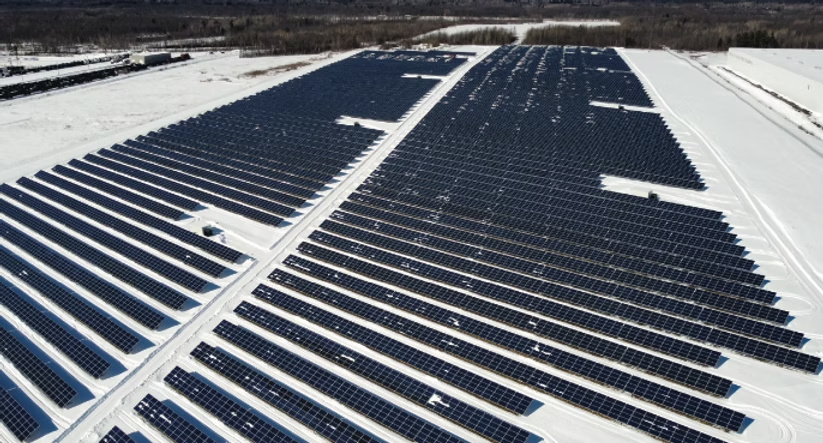Engineers at Geolux have developed the first radar-based snow depth sensor, providing an accurate, compact and low-power solution for various sectors including transportation, agriculture and renewable energy.
A New Approach to Snow Depth Measurement
Snow depth is a critical parameter for meteorological and hydrological observations, influencing transportation, agriculture and renewable energy. Traditional methods—manual, ultrasound or laser—face significant limitations. Ultrasound accuracy drops with temperature gradients, lasers are costly, and both struggle under precipitation and fog.
Geolux’s LX-80S solves these challenges by using radar to measure the distance to the snow surface. Unlike water surfaces, snow produces weaker radar reflections, but the LX-80S is engineered to capture accurate measurements despite these challenges, becoming the first radar-based snow depth sensor on the market.
Reliable in Any Condition
Radar’s greatest advantage is independence from weather conditions. Fog, precipitation and air temperature gradients do not affect readings. The LX-80S’s 5° beam width ensures precision while reducing interference from nearby objects or wildlife.
Compact and easy to install, the sensor has applications across sectors:
- Transportation: Real-time snow data for road, railway and airport safety
- Smart cities: Efficient snow removal management
- Renewable energy: Monitoring snow on solar panels to prevent damage and efficiency loss
- Agriculture: Predicting post-thaw crop hydration and preparing for floods
Tracking Climate Shifts
Snow depth monitoring is crucial for understanding climate change. Altered patterns affect water availability, ecosystems and regional economies, while reduced snow cover lowers albedo, accelerating warming trends.
The LX-80S supports Modbus, SDI-12, RS-232 and analog 4–20mA outputs, ensuring compatibility with dataloggers, PLCs and modems. Its low power design consumes less than 2W during operation and under 0.05W in sleep mode, making it suitable for remote installations.
By providing precise snow depth data in all conditions, the LX-80S empowers researchers, policymakers and industries to better understand climate impacts, improve decision-making, and safeguard critical infrastructure.
